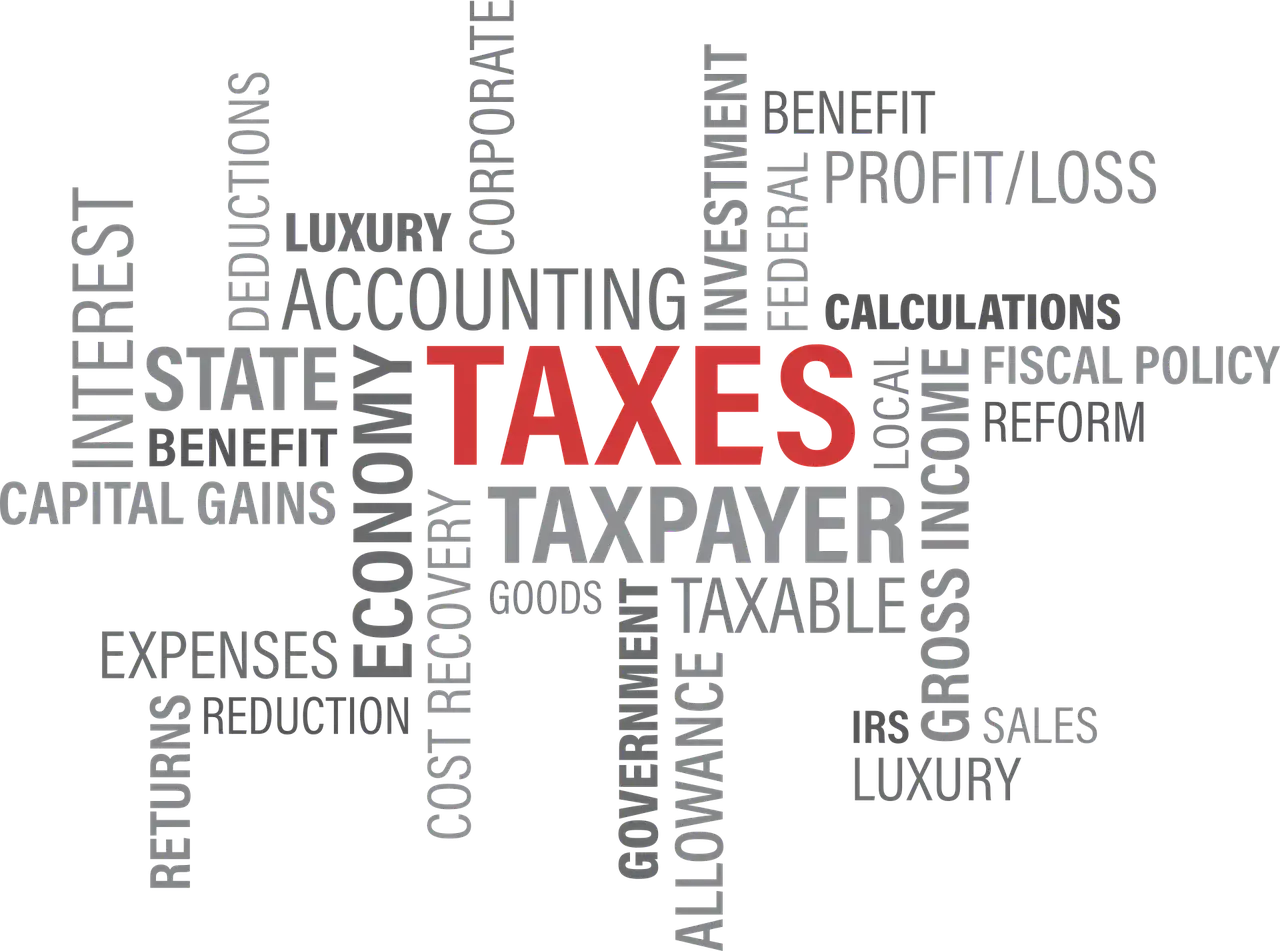The Internal Revenue Service (IRS) has released the income tax brackets and federal tax rates for the year 2025. The IRS adjusts these brackets annually to reflect inflationary changes. The tax system in the United States classifies individuals into one of seven tax brackets. The tax rates range from 10% to 37%, and this structure remains unchanged each year.
The IRS makes yearly adjustments to the income thresholds for each bracket. This process ensures that inflation does not erode the taxpayers’ purchasing power. For 2025, these changes are particularly crucial as they reflect the ongoing economic conditions.
The seven tax brackets are structured based on two main factors. The first is the taxpayer’s taxable income, and the second is the filing status. Filing statuses include single filers, married individuals filing jointly, married individuals filing separately, and heads of households.
For single filers in 2025, the 10% tax bracket applies to incomes up to $11,000. The 12% rate covers incomes ranging from $11,001 to $44,000. Incomes between $44,001 and $95,375 fall under the 22% bracket. The 24% bracket affects incomes from $95,376 to $182,100. The 32% rate is applicable to incomes between $182,101 and $231,250. Incomes from $231,251 to $578,125 are taxed at 35%. Finally, any income above $578,125 is taxed at the highest rate of 37%.
Married couples filing jointly see slightly different figures. Their income up to $22,000 is taxed at 10%. The 12% tax bracket applies to incomes from $22,001 to $88,000. The 22% rate covers incomes from $88,001 to $190,750. Incomes between $190,751 and $364,200 fall under the 24% bracket. The 32% tax bracket is for incomes from $364,201 to $462,500. Incomes from $462,501 to $1,156,250 are taxed at 35%. Incomes above $1,156,250 are subject to the 37% bracket.
For married individuals filing separately, the brackets mirror those for single filers but with half the income amounts for each bracket. Heads of household have a unique structure. The 10% bracket applies to incomes up to $15,700. The 12% bracket covers incomes from $15,701 to $59,850. Incomes between $59,851 and $95,375 fall under the 22% rate. The 24% bracket includes incomes from $95,376 to $182,100. Incomes from $182,101 to $231,250 are taxed at 32%. The 35% bracket applies to incomes from $231,251 to $578,100. Any income above $578,100 is taxed at 37%.
The IRS’s adjustment of tax brackets for inflation aims to prevent a phenomenon known as “bracket creep.” This happens when inflation pushes taxpayers into higher brackets, resulting in higher taxes without an actual increase in real income. The annual adjustments ensure that taxpayers do not pay more taxes simply due to inflation.
In addition to tax brackets, the IRS periodically revises other tax-related figures. These include standard deductions, estate tax exemptions, and the Alternative Minimum Tax (AMT) exemption. The specific figures for 2025 are expected to be announced soon, as these adjustments are typically released later in the year.
The IRS encourages taxpayers to stay informed about these changes. Understanding the current tax brackets and rates can aid in effective financial planning. Taxpayers may wish to consult with tax professionals to ensure compliance and to optimize their tax situations.
The IRS updates are part of its routine adjustments to accommodate changes in the cost of living. These measures are intended to maintain equitable taxation across various income levels. The adjustments reflect the IRS’s commitment to fairness in the tax system.
The release of the 2025 tax brackets provides an opportunity for taxpayers to review their financial plans. It also highlights the importance of understanding how inflation impacts taxation. Taxpayers should remain aware of these factors as they plan for the future.
















